The gaming industry, a powerhouse of digital entertainment, is experiencing a fundamental shift, propelled by the decentralized principles of blockchain technology. At the forefront of this evolution is Blockchain and Web3 Gaming, a nascent yet highly disruptive paradigm that promises to revolutionize player ownership, monetization models, and the very structure of game economies. As of mid-2025, while still grappling with challenges, this movement is gaining traction by offering players true digital ownership of in-game assets, new avenues for earning, and a more transparent and community-driven gaming experience that fundamentally redefines the relationship between developers and players.
What is Blockchain and Web3 Gaming?
Blockchain and Web3 Gaming refer to video games that integrate decentralized technologies, primarily blockchain, to introduce concepts like true digital asset ownership, verifiable scarcity, and new economic models directly into the gameplay experience. It’s a departure from traditional “Web2” gaming, where all in-game assets and player data are centrally controlled by game publishers.
- Web3 Gaming (or GameFi): This term broadly describes games built on the principles of Web3, which aims for a decentralized internet. In gaming, this translates to player-centric economies, transparent rules, and verifiable digital ownership.
- Blockchain’s Role: Blockchain provides the immutable, transparent, and decentralized ledger that records ownership of digital assets (like NFTs) and transactions (like cryptocurrency transfers) within the game’s ecosystem.
The core idea is to shift power from game developers and publishers towards the players, enabling new forms of interaction, community governance, and value creation.
Key Technologies Driving Web3 Gaming
The innovations behind Blockchain and Web3 Gaming are underpinned by several core technologies :
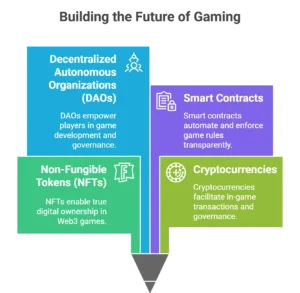
- Non-Fungible Tokens (NFTs):
- Function: NFTs are unique digital tokens stored on a blockchain, representing verifiable ownership of a specific asset. In Web3 games, NFTs commonly represent in-game items such as characters, skins, weapons, virtual land, or even entire game components.
- Impact: They enable true digital ownership, meaning players genuinely own their in-game items and can trade, sell, or use them outside the game’s immediate ecosystem (e.g., on a marketplace). This stands in stark contrast to traditional games where players only “license” in-game items from the publisher.
- Cryptocurrencies:
- Function: Most Web3 games incorporate their own native cryptocurrencies or leverage existing ones (like Ethereum, Solana, or Polygon) as the primary medium of exchange within their game economies.
- Impact: These tokens are used for purchasing in-game items, paying transaction fees, rewarding players for achievements, or even for governance purposes within a Decentralized Autonomous Organization (DAO).
- Decentralized Autonomous Organizations (DAOs):
- Function: A DAO is an organization represented by rules encoded as a transparent computer program, controlled by its members rather than a central authority.
- Impact: In some Web3 games, DAOs are being explored to give players a voice in game development, future updates, and treasury management. Token holders (players) can vote on proposals, fostering a more community-driven and democratic development process.
- Smart Contracts:
- Function: Self-executing contracts with the terms of the agreement directly written into lines of code on a blockchain.
- Impact: Smart contracts automate and enforce the rules of Web3 games, governing asset transfers, in-game rewards, and marketplace transactions without intermediaries, ensuring transparency and trust.
These technologies collectively create a transparent, player-owned, and potentially player-governed digital ecosystem, which is the hallmark of Blockchain and Web3 Gaming.
The Promise : True Digital Ownership and Play-to-Earn (P2E)
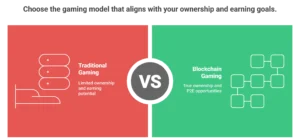
The central tenets distinguishing Blockchain and Web3 Gaming from traditional models are “true digital ownership” and “Play-to-Earn (P2E).”
- True Digital Ownership: In Web2 games, players might “own” an epic sword or rare skin, but that ownership is conditional. The item is stored on the publisher’s centralized servers, can be revoked at any time, and often cannot be freely traded or sold outside the game’s specific marketplace (and usually not for real-world value). With NFTs on a blockchain, players gain verifiable, immutable ownership of their in-game assets. This means:
- Resale Value: Players can sell their rare items on external NFT marketplaces for cryptocurrency, potentially converting in-game effort into real-world value.
- Interoperability (Future): In theory, some NFTs could be used across different games or metaverse platforms, although this is still a developing concept.
- Control: Players have full custody of their assets in their crypto wallets.
- Play-to-Earn (P2E): P2E is a model where players can earn cryptocurrency or NFTs by playing games. This directly monetizes a player’s time and skill.
- Mechanisms: Earning can come from various activities:
- Completing quests or winning battles.
- Breeding unique in-game creatures.
- Collecting rare items (NFTs).
- Staking in-game tokens.
- Participating in game governance.
- Impact: P2E transforms gaming from a pure consumption activity into one that can also be a source of income, attracting a new demographic of players, particularly in regions where traditional employment opportunities might be scarce. Games like Axie Infinity popularized this model, showcasing the potential for players to earn significant income.For more on the P2E concept, a detailed explanation can be found on CoinGecko’s Play-to-Earn Guide.
- Mechanisms: Earning can come from various activities:
These concepts represent a profound shift, envisioning games as open economies where player contributions and assets have tangible value, fostering a more symbiotic relationship between creators and communities.
Benefits and Potential of Web3 Gaming
The integration of Blockchain and Web3 Gaming holds several compelling benefits and significant potential that could reshape the industry’s future.
This combined potential envisions a gaming ecosystem that is more open, equitable, and economically empowering for all participants.
Challenges and Criticisms Facing Web3 Gaming
Despite its promise, Blockchain and Web3 Gaming face significant hurdles and criticisms that are crucial for its long-term viability and mainstream adoption.
- Scalability Issues and High Transaction Fees (Gas Fees): Blockchains, especially older ones like Ethereum (before certain upgrades), can struggle with the high volume of transactions required for gaming. This leads to slow transaction times and prohibitive “gas fees,” making frequent in-game actions cumbersome and expensive. While Layer 2 solutions and faster blockchains (e.g., Polygon, Solana, Avalanche) address this, it remains a challenge for mass adoption.
- Poor User Experience (UX):
- Complexity: Onboarding new players often requires setting up crypto wallets, understanding seed phrases, dealing with gas fees, and navigating decentralized exchanges – a steep learning curve for non-crypto natives.
- Clunky Interfaces: Many Web3 games suffer from sub-par graphics, clunky interfaces, and less refined gameplay compared to AAA traditional titles, as development often prioritizes blockchain mechanics over core game design.
- Speculation and Ponzi Scheme Perceptions: The P2E model has often attracted players primarily for financial gain rather than enjoyment. Some P2E games have exhibited unsustainable tokenomics, leading to volatile asset prices and accusations of being “Ponzi schemes” when early investors profit at the expense of later ones. This has tarnished the reputation of the entire space. For a critical perspective on some P2E models, a relevant article from Gamasutra (now Game Developer) can offer insights into the sustainability challenges.
- Regulatory Uncertainty: The regulatory landscape for cryptocurrencies and NFTs is still evolving globally. Unclear or unfavorable regulations could severely impact the growth and legality of Web3 gaming in various jurisdictions.
- Environmental Concerns: Early blockchains (especially Proof-of-Work like Bitcoin or older Ethereum) consumed vast amounts of energy, raising environmental concerns. While newer Proof-of-Stake blockchains (like Ethereum 2.0, Solana) are significantly more energy-efficient, the perception persists.
- Security Risks: Crypto wallets and smart contracts are targets for hackers. Vulnerabilities in smart contracts can lead to significant financial losses for players and developers.
- Lack of Mass Market Appeal: Many traditional gamers remain skeptical or uninterested, citing concerns over “fun” versus “grind-to-earn,” the high entry cost for some NFT games, and skepticism about the value of digital assets.
Addressing these challenges is paramount for Blockchain and Web3 Gaming to move beyond a niche and achieve widespread mainstream adoption. The industry is actively working on improving UX, designing sustainable tokenomics, and building on more scalable, energy-efficient chains.
The Future of Blockchain and Web3 Gaming
Despite the current challenges, the long-term vision for Blockchain and Web3 Gaming remains compelling, pointing towards a future where player ownership and decentralized economies are more integrated into mainstream gaming.
- Improved User Experience: Expect significantly streamlined onboarding processes, intuitive wallet integrations (perhaps invisible to the user), and better-designed in-game interfaces that mask the underlying blockchain complexity.
- Sustainable Tokenomics: Game developers will prioritize sustainable economic models that balance player earnings with long-term game health, moving away from pure speculative “Play-to-Earn” towards “Play-and-Own” or “Play-to-Earn-and-Own” models where fun is paramount.
- AAA Web3 Titles: As development tools mature and investor confidence grows, we will see more high-budget, graphically sophisticated Web3 games that can genuinely compete with traditional AAA titles on gameplay quality, not just economic incentives.
- Regulatory Clarity: As governments develop clearer regulations for digital assets, the legal landscape for Web3 gaming will become more stable, attracting greater institutional investment and mainstream adoption.
- Interoperability: While challenging, the long-term vision of truly interoperable assets and player identities across different game worlds and metaverse platforms will continue to drive innovation.
- Community-Driven Development: More games will experiment with partial or full DAO governance, empowering active communities to shape the future of their favorite titles.
- Mainstream Adoption: As the technology becomes more seamless and the underlying economics stabilize, a significant portion of the global gaming audience will likely engage with Web3 elements without even realizing they are interacting with a blockchain.
The journey for Blockchain and Web3 Gaming is one of evolution and refinement, but its foundational promise of player empowerment and digital ownership continues to drive its trajectory towards a more open and equitable gaming future.
The emergence of Blockchain and Web3 Gaming signifies a profound paradigm shift in how we conceive of digital entertainment and ownership. By leveraging blockchain technology for verifiable asset ownership, new monetization models like Play-to-Earn, and avenues for community governance, this nascent sector aims to empower players and foster more transparent game economies. While facing significant hurdles related to scalability, user experience, and market speculation, the underlying promise of true digital ownership and player-centric ecosystems continues to drive innovation. As the technology matures and the industry addresses its challenges, Blockchain and Web3 Gaming is poised to fundamentally redefine the relationship between players, developers, and the digital worlds they inhabit, creating a more equitable and engaging future for gaming.
Interested in staying at the cutting edge of gaming, blockchain, and emerging technologies? Explore more of our expert insights and analysis at jurnalin!

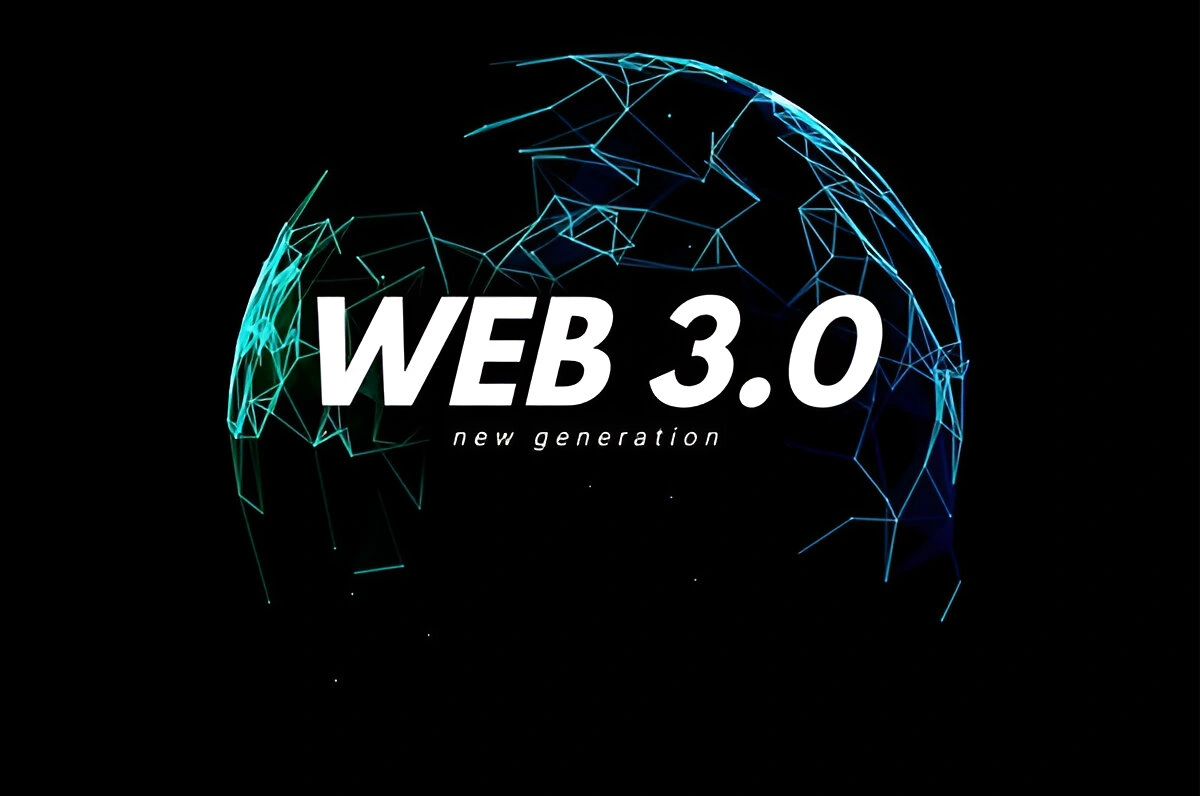


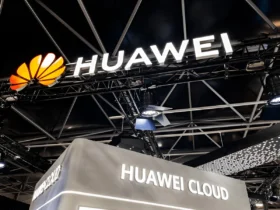
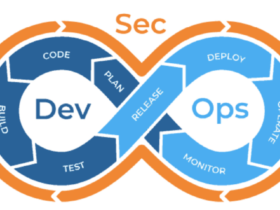
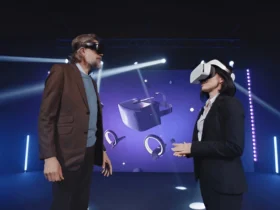
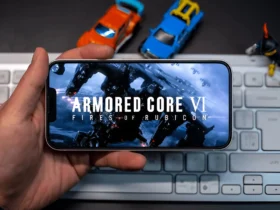
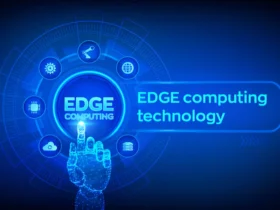
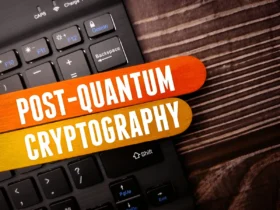
اترك رد